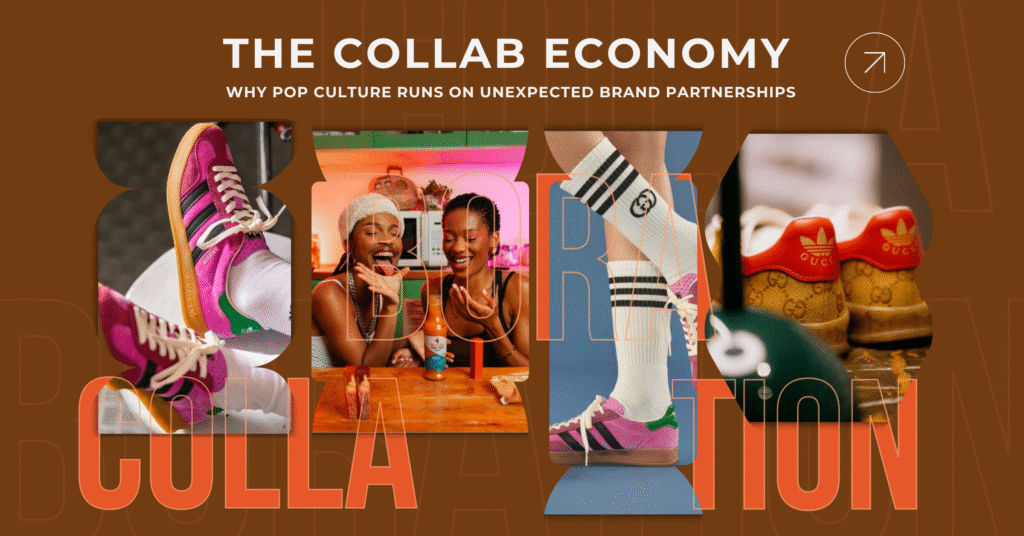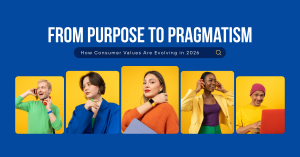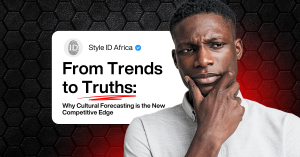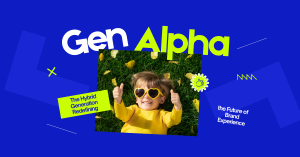In today’s fast-moving world of marketing, relevance is a new kind of currency. Consumers are bombarded with content, and traditional ad campaigns often fail to cut through the noise. So, what actually works? Collaborations that nobody saw coming. This isn’t just a trend, it’s a cultural shift. This is what we call the Collab Economy, where the most unlikely partnerships are not only turning heads but reshaping how brands, influencers, and marketers connect with audiences.
The Power of the Unexpected
The Collab Economy thrives on the element of surprise. In a world where consumers quickly scroll past endless ads, an unexpected partnership between two brands makes people stop, take a second look, and share. These kinds of collaborations stand out because they defy logic, fueling conversations that travel far beyond the initial campaign.
In a culture driven by memes and fandoms, these unexpected partnerships become pop culture moments in themselves. The “why” behind the collaboration becomes as interesting as the product, pulling audiences into a story.
Collaboration as Culture
This isn’t just about selling products; it’s about creating culture. When Adidas and Gucci collaborated, they blurred the lines between streetwear and luxury, speaking to a generation that doesn’t see categories as fixed. When McDonald’s partnered with Travis Scott, it was not just a meal; it was an extension of fandom, allowing fans to buy into the world of their favourite artist.
Closer to home, South African brands are using the same formula. The Nando’s x Maybelline partnership was a masterclass in playful absurdity, sparking social media buzz. Other examples, like Castle Lite’s fashion collaborations or musician partnerships with brands like Cruz Vodka, show how merging audiences can create a bigger impact than any single campaign.
What It Means for Brands and Influencers
For brands, the Collab Economy is a reminder that playing it safe doesn’t sell. Predictable campaigns may feel comfortable, but they rarely inspire conversation. By contrast, unusual partnerships disrupt expectations and create a buzz that money can’t buy. The most successful collaborations aren’t just product tie-ins; they’re limited drops, cultural events, and experiences that invite participation.
For influencers, this shift creates new opportunities. They are no longer just faces for campaigns but are becoming brands in their own right, blurring the line between creator and company. Their credibility now depends on showcasing partnerships that feel authentic and relevant to their audience.
The Future of Marketing
The Collab Economy is a call for marketers to think differently. It demands boldness, cultural fluency, and a willingness to take risks. Campaigns must move at the speed of culture, leaning into humour and internet trends without losing authenticity.
These collaborations are no longer simply transactional; they are cultural investments. It allows brands to tap into new communities, share credibility, and co-create narratives that resonate more deeply than any single brand message ever could.
The Collab Economy isn’t a passing fad; it’s the new playbook for relevance in a fragmented, fast-moving landscape. In a world where consumers crave novelty and connection, the boldest, strangest, and most unexpected partnerships are the ones leading the way.




